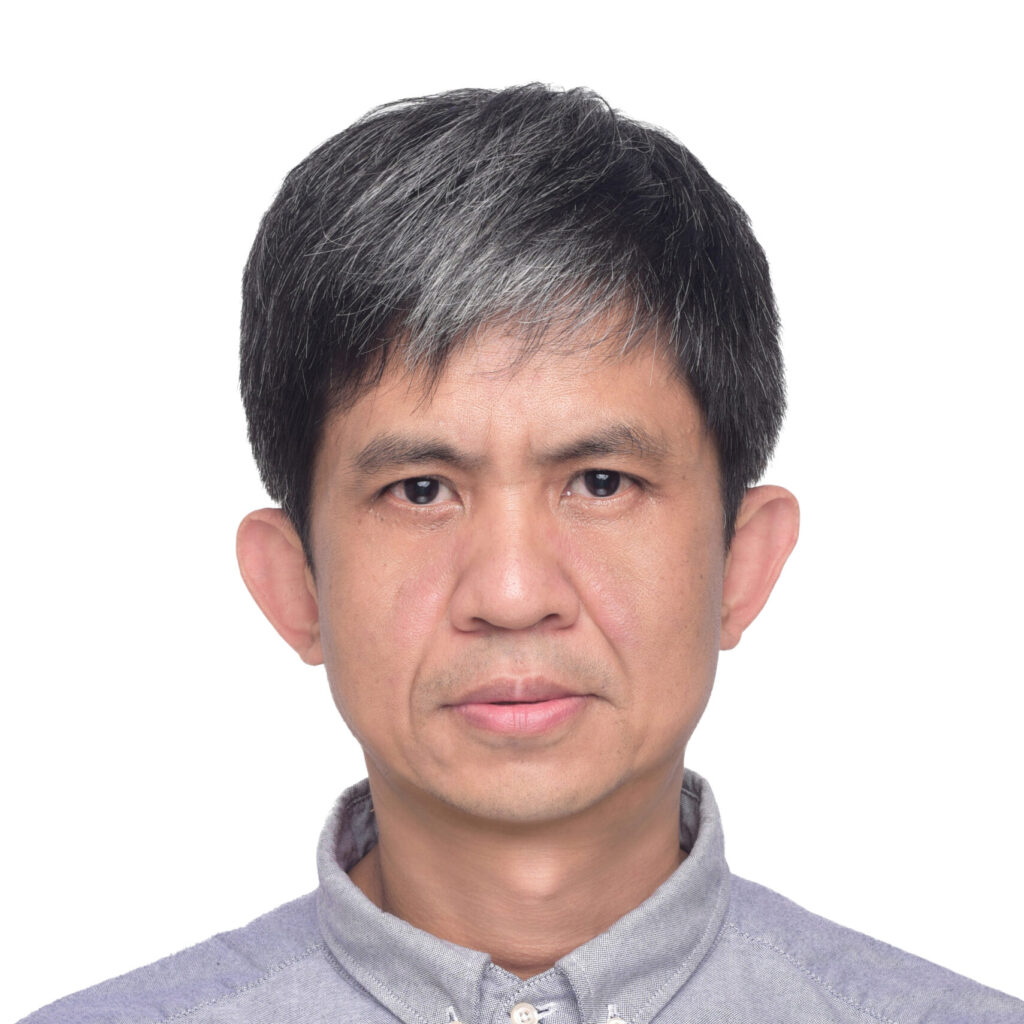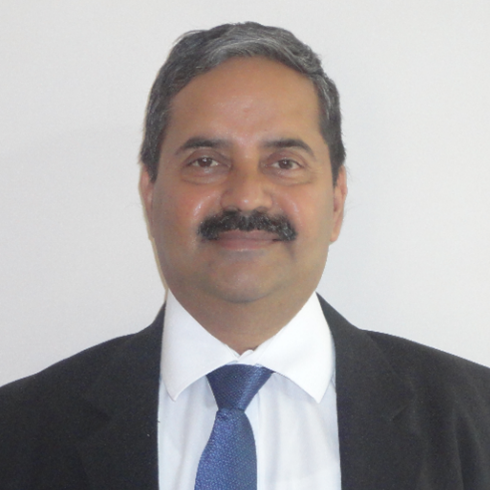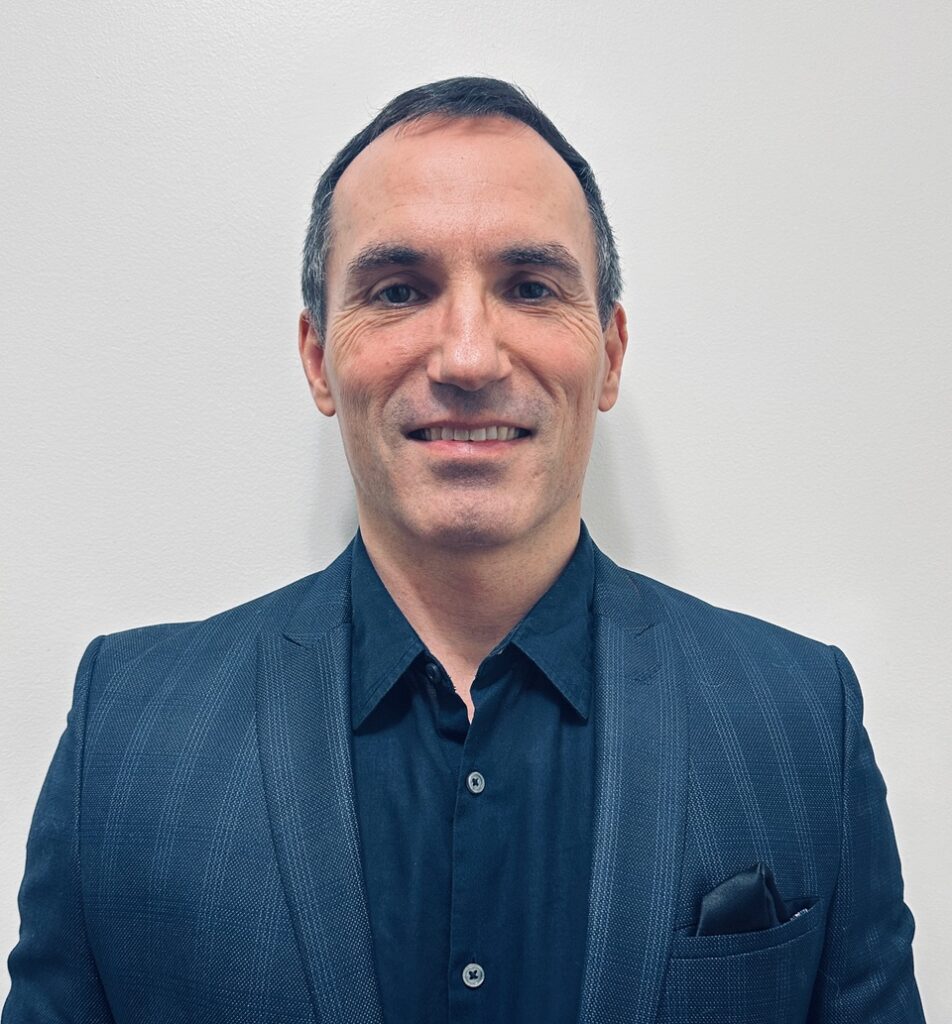
Assumptions on the limited types and finishes of reinforced soil structures (RSS) were challenged during a lively webinar.
The online event was jointly organized by the UK Chapter of the IGS and the Yorkshire Geotechnical Group (YGG), a regional branch of the Institution of Civil Engineers.
Speaker Dave Woods explained how there was more to reinforced fill than 6I/6J granular materials. He told participants about the wide range of other options that also held significant environmental and cost benefits, and through a series of examples showed the wide range of aesthetic finishes achievable with RSS.
Mr Woods, who is the events secretary for IGS UK and a member of the ISSMGE Technical Committee TC218, has designed and built more than 2.5 million square meters of RSS globally.
He said: “RSS are the best known and most visible area of geosynthetics but many engineers familiarize themselves with one material or system and tend to assume that is the entirety of the subject, when there are many more options available in terms of both the fill types used and more particularly the aesthetic finish that can be achieved.
“I see it as a personal crusade to push the highest standards and best aesthetic finishes possible on schemes within the client’s budget. Particularly where the image of the retaining structures represent the only visible part of the geosynthetics field.”
The packed talk reviewed:
-
-
- Design methodology and regulations
- Discussion of marginal fills generally overlooked for use
- The range of face finishes
- Case studies highlighting impressive worldwide examples of high-quality aesthetic finishes
- Time, cost and environmental savings achievable via RSS versus externally stabilized structures
-
Mr Woods said: “Rather than a race to the bottom for the last few pounds on a project, some of those cost savings can be funneled back into ensuring quality detailing and build to provide structures that are a proud advert for the geosynthetics field.”

The webinar had 90 live participants, including those from Dublin, South Africa and the Netherlands. Mr Woods said he received many messages of thanks on LinkedIn and e-mail, including from father and son engineers from Leeds, in the UK, who watched it together.
YGG’s Will Frampton said their ICE group normally held at least one joint annual event with IGS UK, with which it had a close relationship.
** A recording of the webinar will be uploaded to the IGS UK and ICE websites in due course.






















